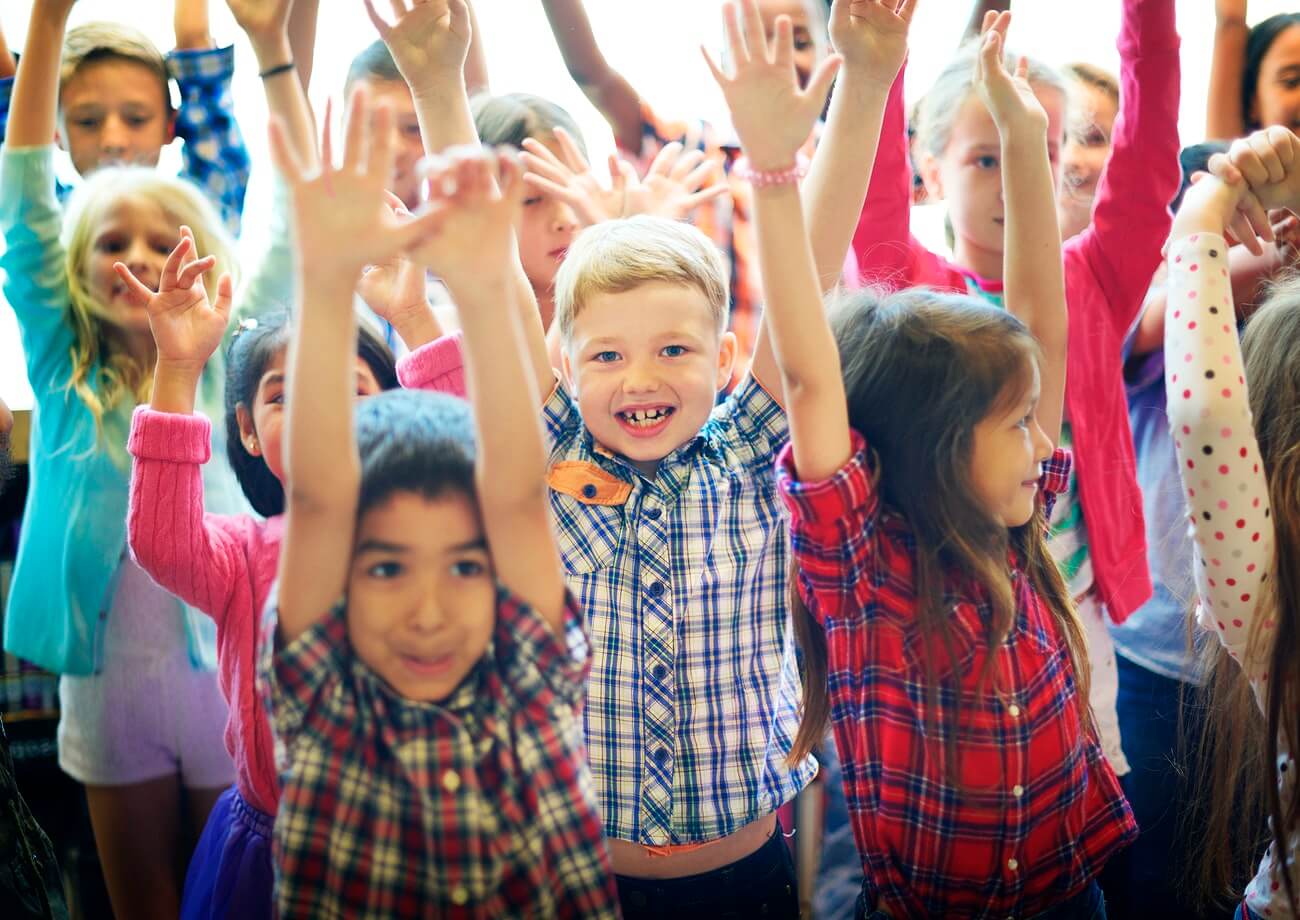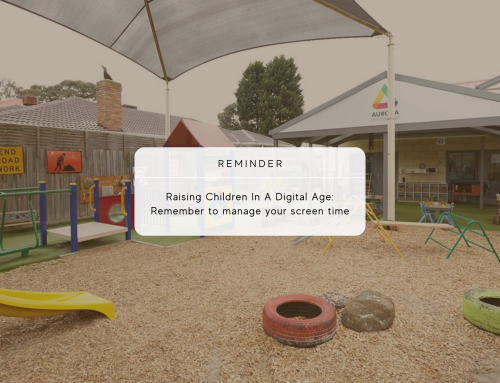Living in today’s time, tolerance and respect for people in our community are very important values that our children should grow up with. At Aurora Early Education, instilling these values among many others is very important to us and is a vital part of our philosophy, which is why we eagerly celebrate Harmony Week.
Harmony Week takes place from 15th to 21st March every year and centres on the celebration of multiculturalism in Australia. The WA government changed Harmony Day —initially observed on 21st March, to Harmony Week to increase the opportunities to consider the benefits gained from culturally diverse communities.
Happily, Australia is an exceptionally diverse country and Harmony Week only works towards maintaining that by increasing tolerance, inclusivity and respect for people from all backgrounds. Therefore, in light of this solicitous occasion, we look upon ways we all can build more harmony in our environments and more importantly, in early education.
Why do we celebrate Harmony Week?
Over the years, Australia has grown to be a great melting pot of cultures by welcoming individuals and families from different parts of the world to make lives of their own here and contribute to the community. Therefore, growing up in such a diverse country should be appreciated greatly as it comes with many benefits.
One of the biggest benefits of harmonious cultural diversity that ought to be appreciated is the knowledge gained by acknowledging, interacting and participating in cultures outside of ones own. Our children could learn valuable information about languages, religions, festivals, food, and traditions that may help them take in the world better as they grow older.
Accordingly, in early education, every instance is treated as a Learning opportunity, thus taking up an interest in becoming more knowledgeable about other cultures helps one learn to be less ignorant and consequently a good Australian and an even more valued citizen of the world.
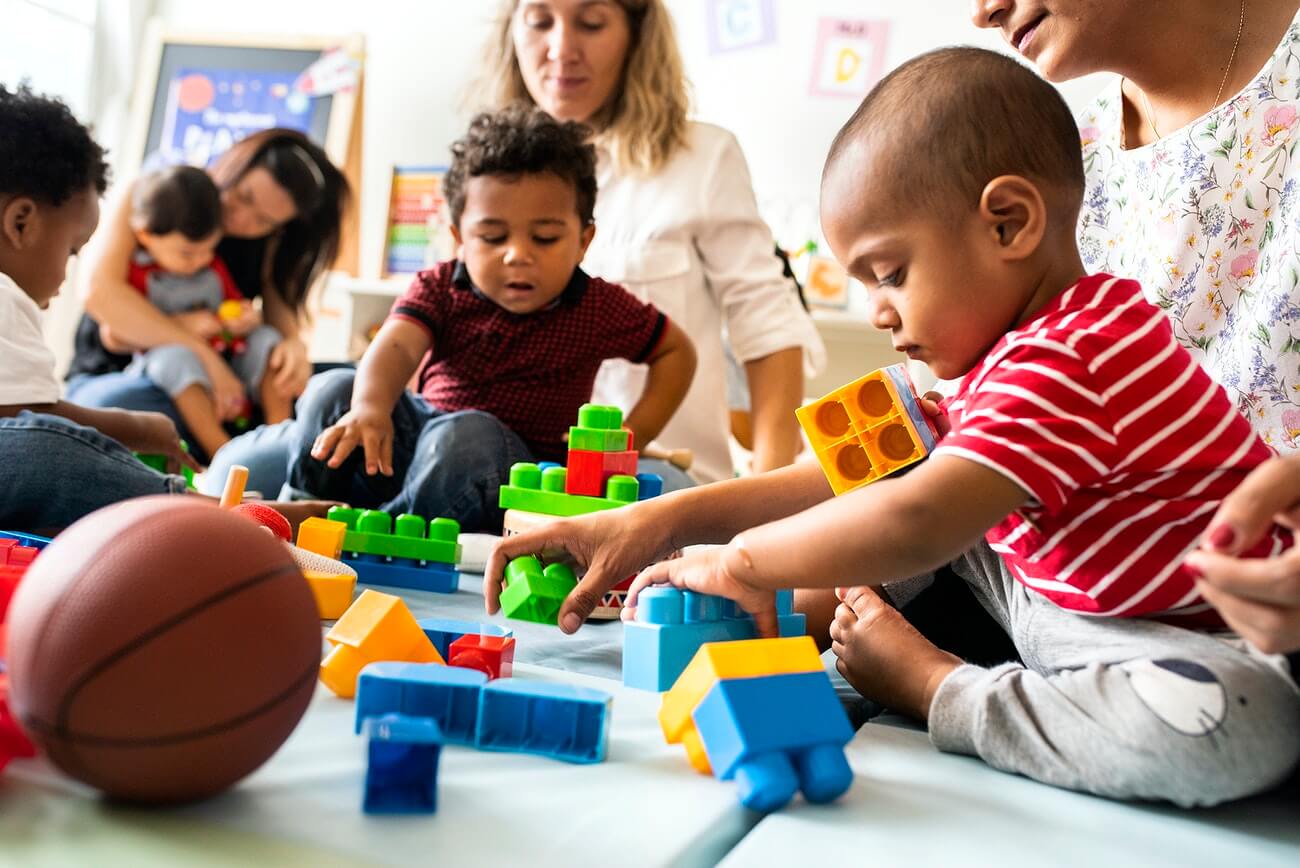
How can we build on harmony in early childhood?
We can build harmony, inclusivity, and tolerance in early childhood in a variety of ways. The first factor that basically bases all other methods of achieving harmony is creating awareness. We must build on harmony in early childhood and beyond by creating awareness about Harmony Week and what instigated it. Of course, with young children, it is not necessary for them to know much about the major problems that have occurred due to unharmonious actions and attitudes in the past or present. However, they must simply know that they have to be respectful and kind-hearted beings who look out for other people and their wellbeing. They should know how to treat others well no matter their backgrounds or appearance, as well as how to differentiate between good and bad behaviour. Naturally, this is a process that may take years for some to completely understand, which is why it is best to start building on it as early as possible.
Fundamentally, interaction is always a delightful way to form harmony in a community. Hence, socialising with other members of a community who may have a different cultural background would be a great place to start. Especially with young children, who enjoy playdates and communicating with their peers doing fun activities, it is best they be present and mindful in a multicultural environment as it only makes them more understanding and compassionate as they develop.
Moreover, for instance, we can start by reading story books on cultural diversity to our little ones. This would be referring to stories that portray a good representation of people, families, and communities overall.
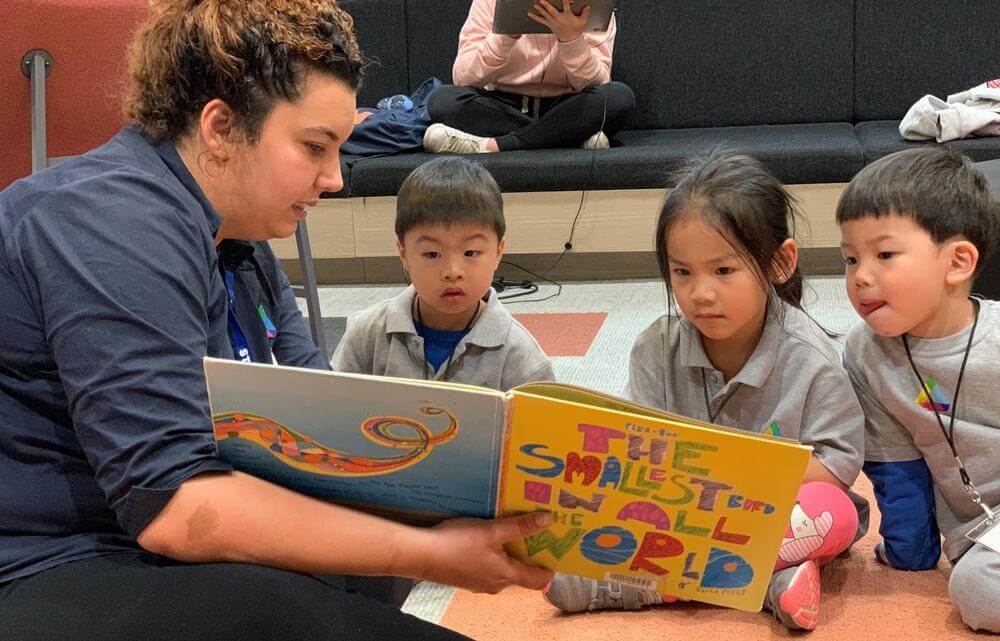
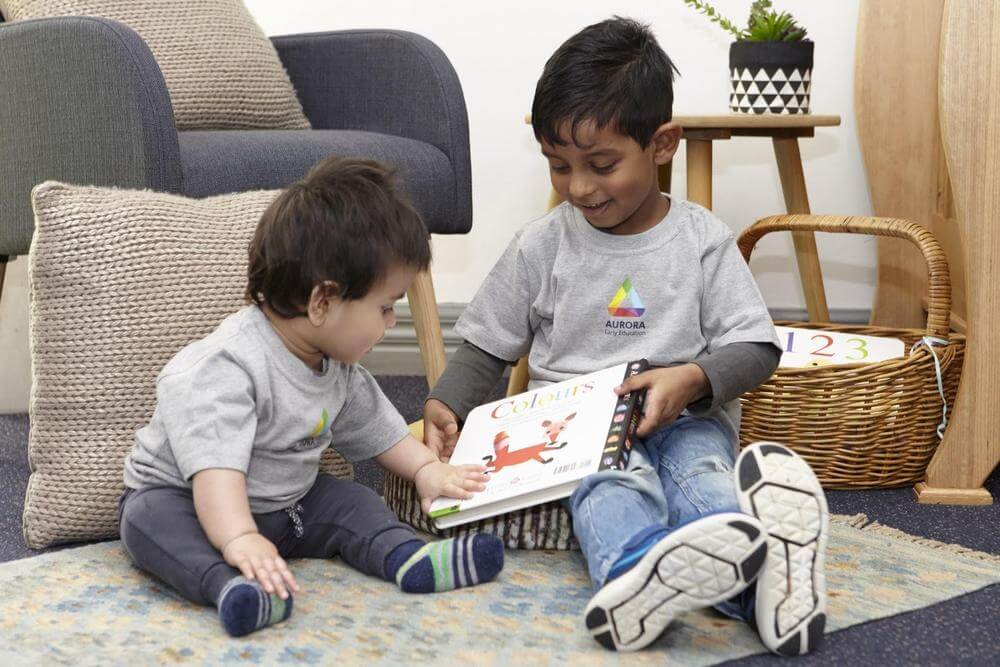
Another way of building harmony in early childhood would be encouraging participation in other cultural festivals and traditions. This would also be a great way for our children to slowly develop worldly knowledge and have significant life experiences that are fun and engaging.
In addition to that, one of the most popular ways of expressing culture is through art. Therefore, encouraging participation in cultural art experiences is another great way to administer harmony. Art in its various forms can smoothly capture the hearts and minds of people and give them more insight to form an understanding. This is why taking part in artistic activities, whether it be with music, fine arts, crafts, or performing arts, communicate more about a culture and its history that is even more fascinating to learn about through this medium.
All in all, harmony in a community is not difficult to achieve, it is rather difficult to avoid. Therefore, if we all do our part to equip our children with the best values, skills and knowledge to progress in life, harmony will fall into place and be the glue that holds a community together.

Have a trip to our Childcare Centre in Melbourne CBD and Childcare Centre in Rowville.
Sources:


